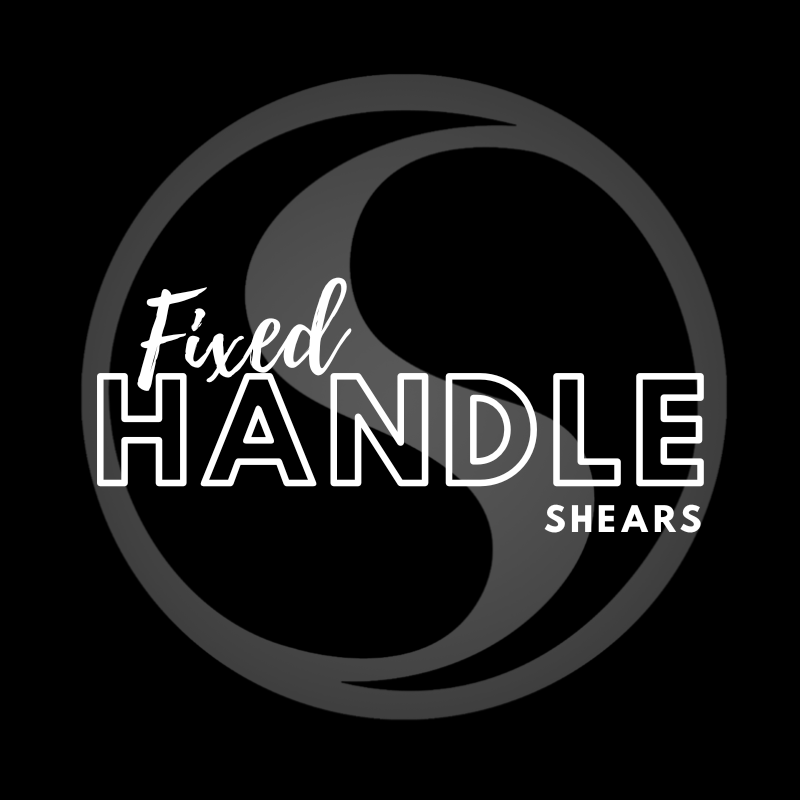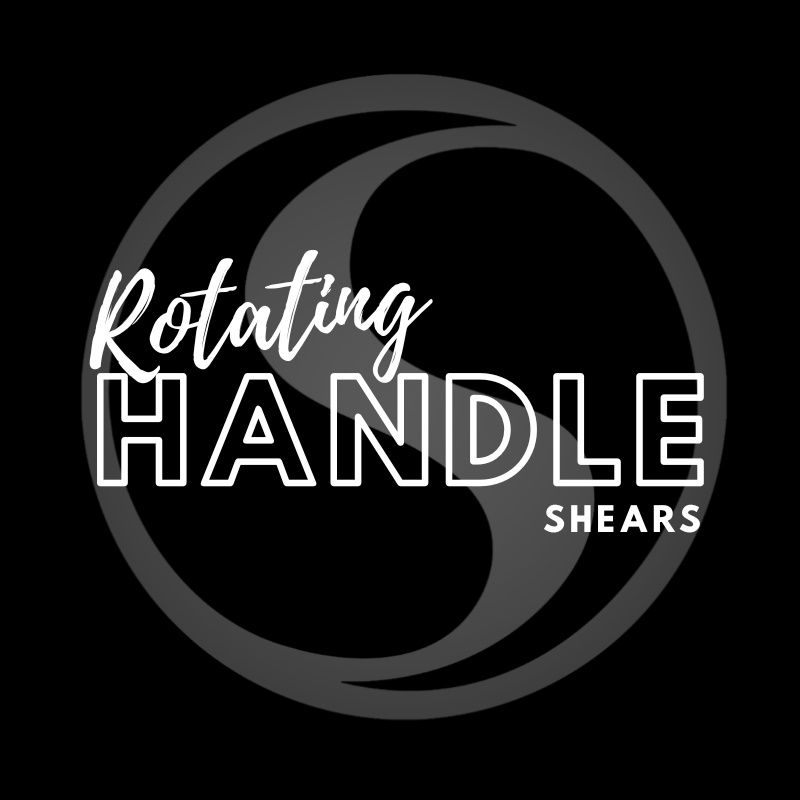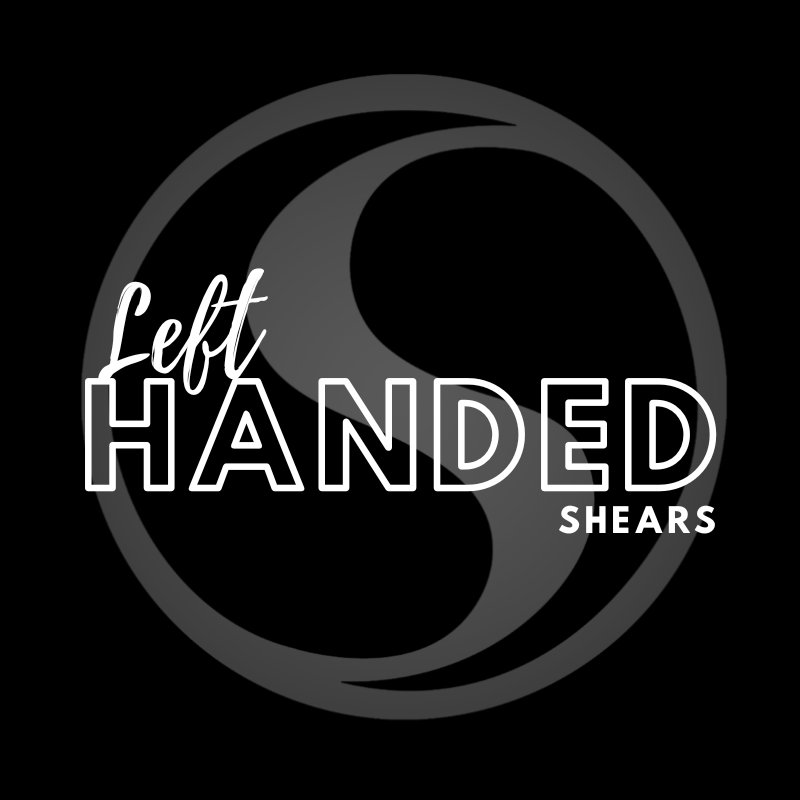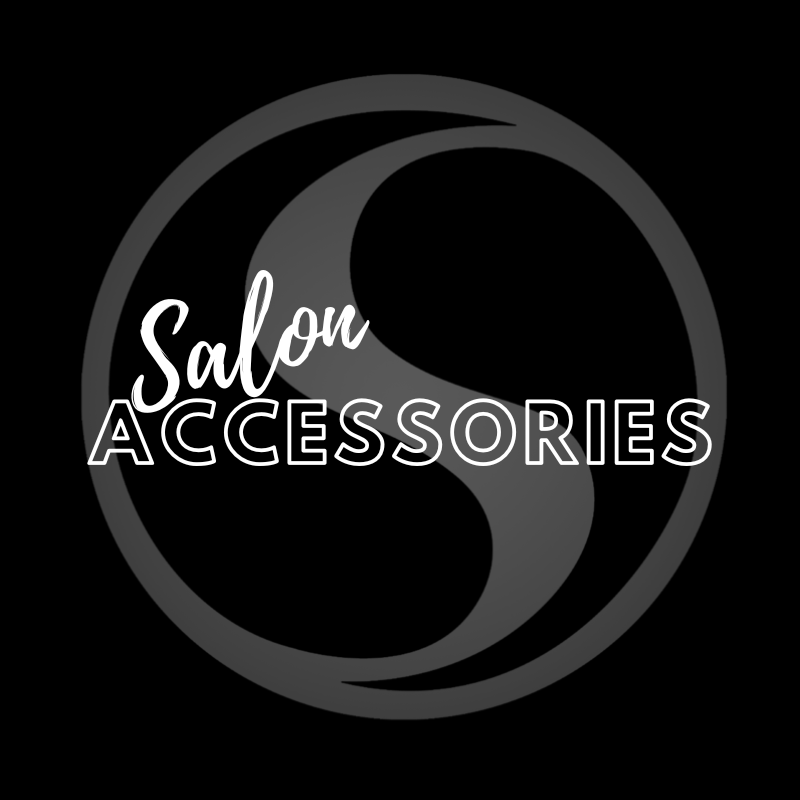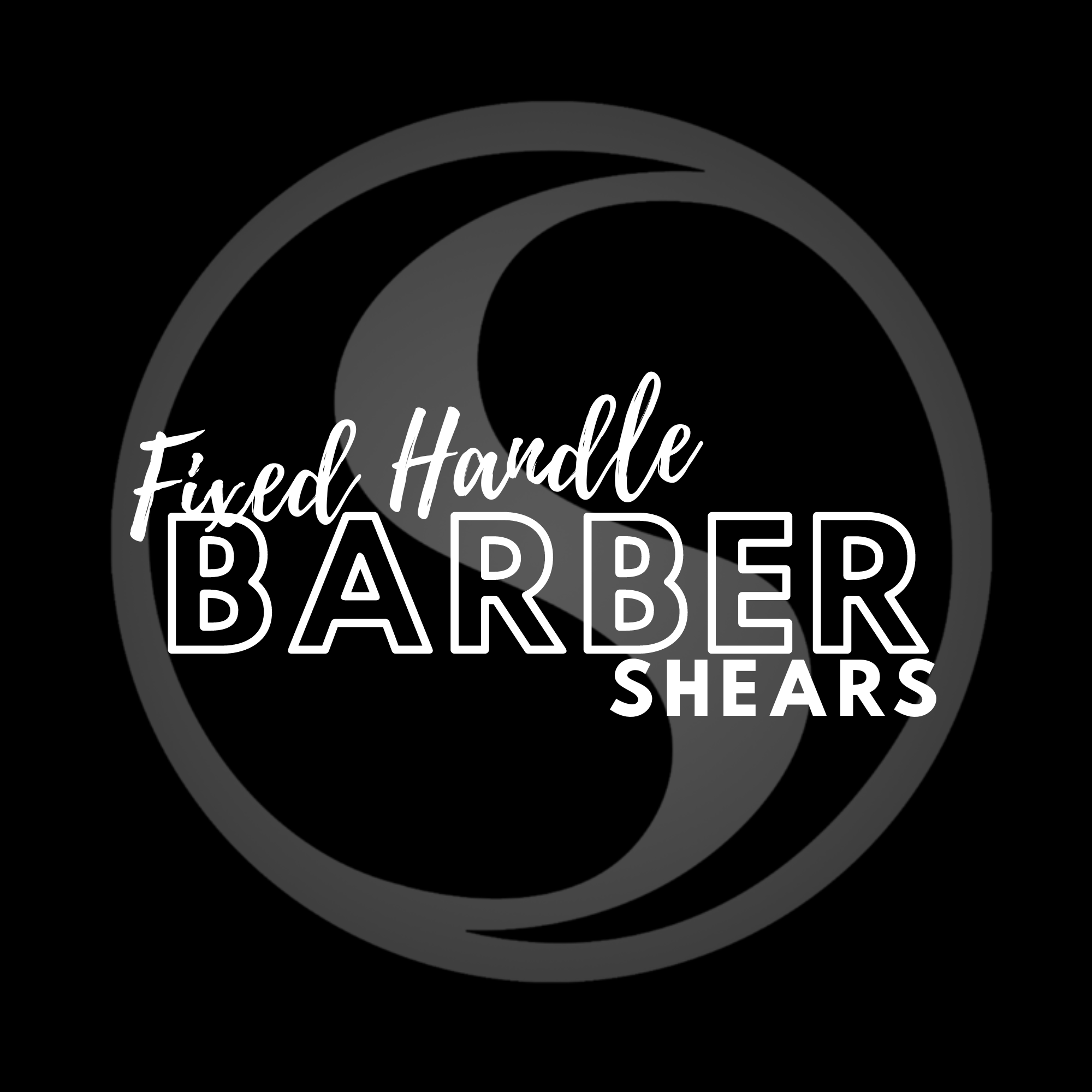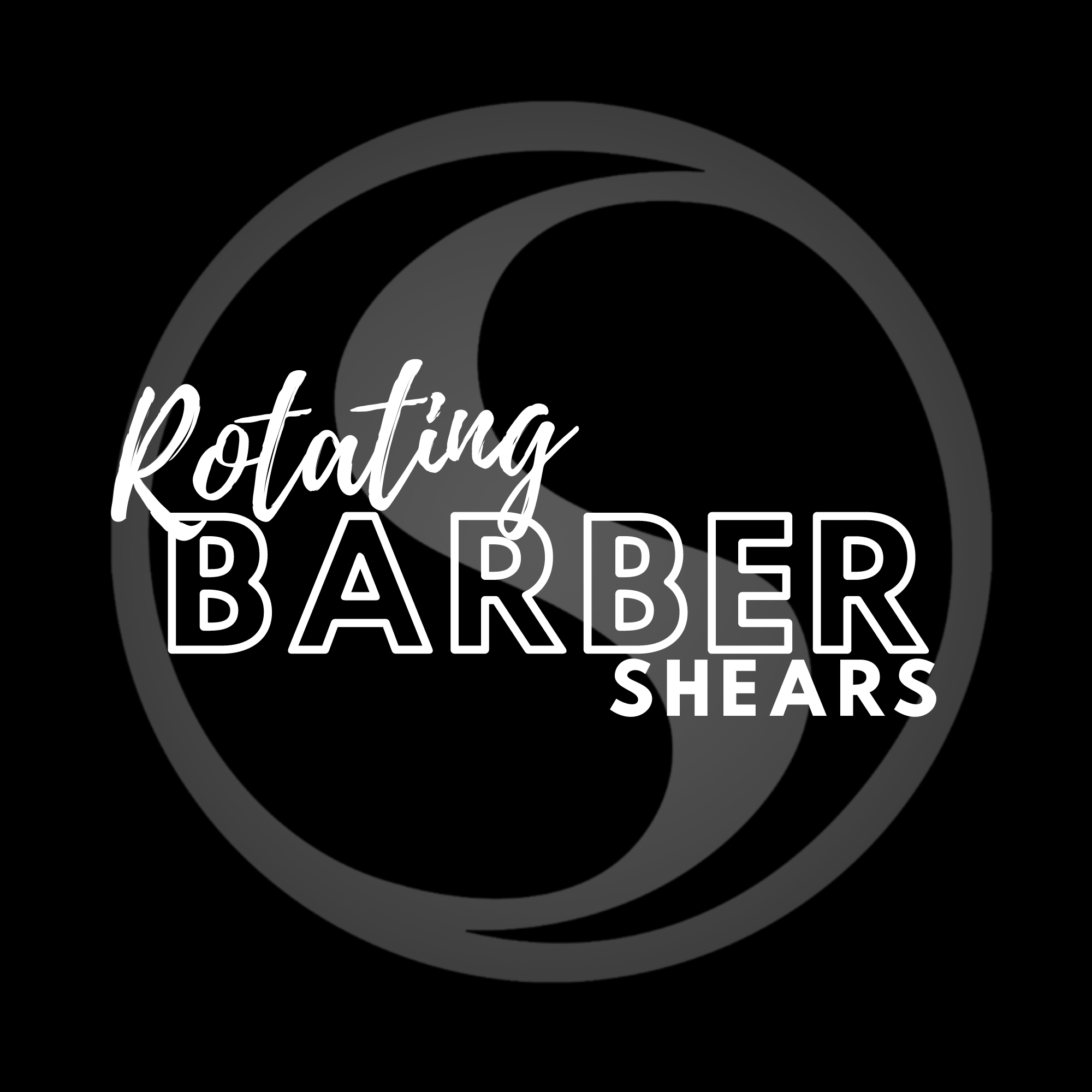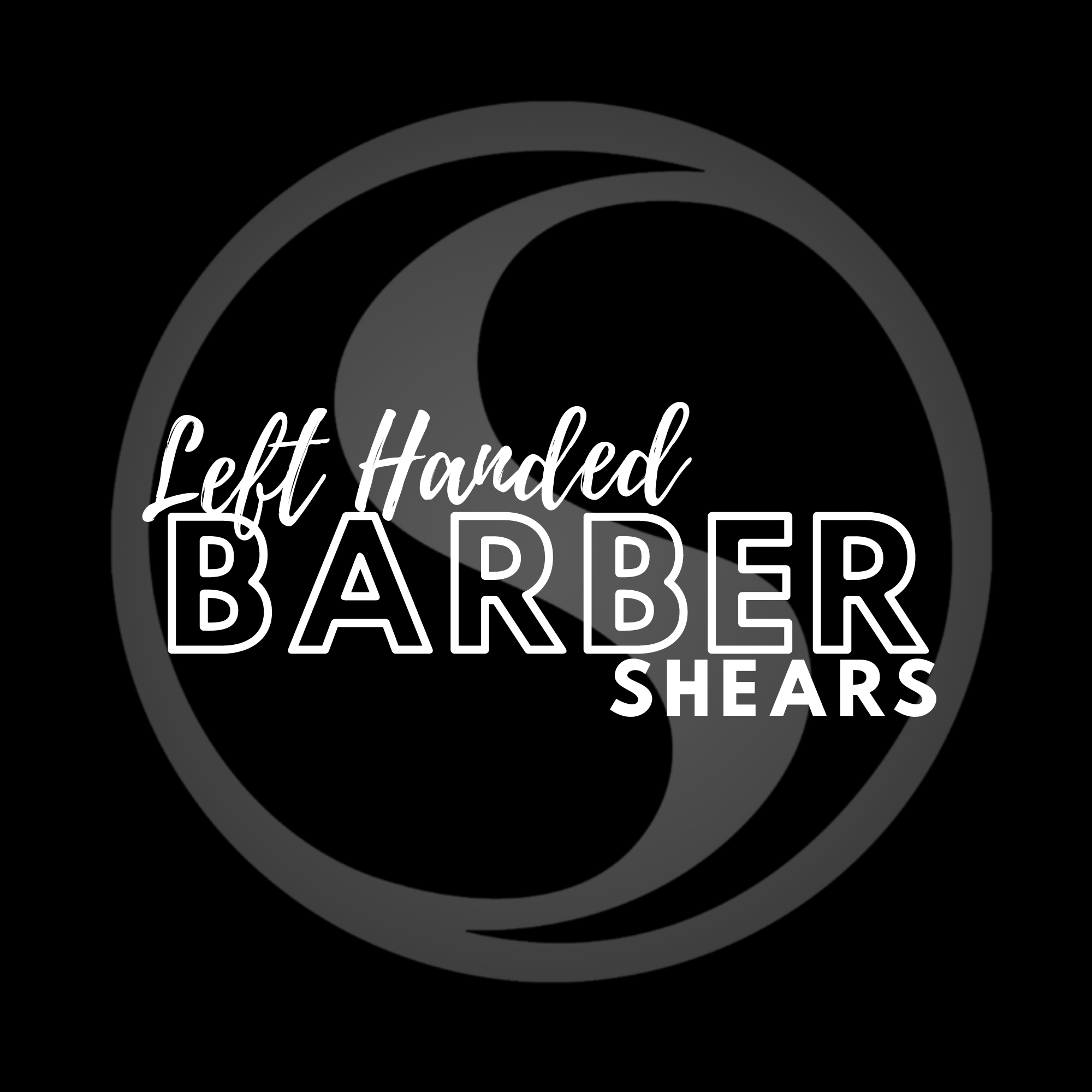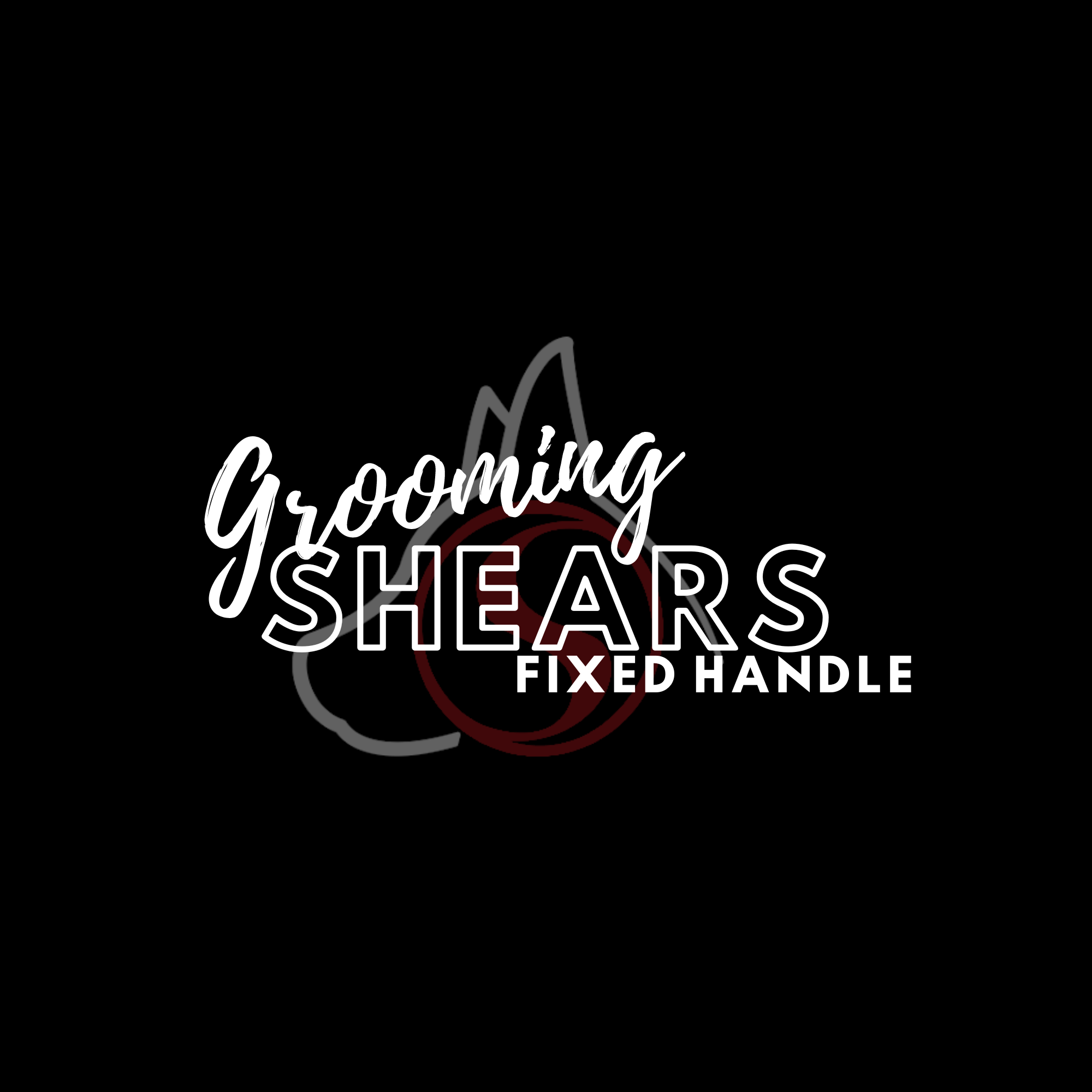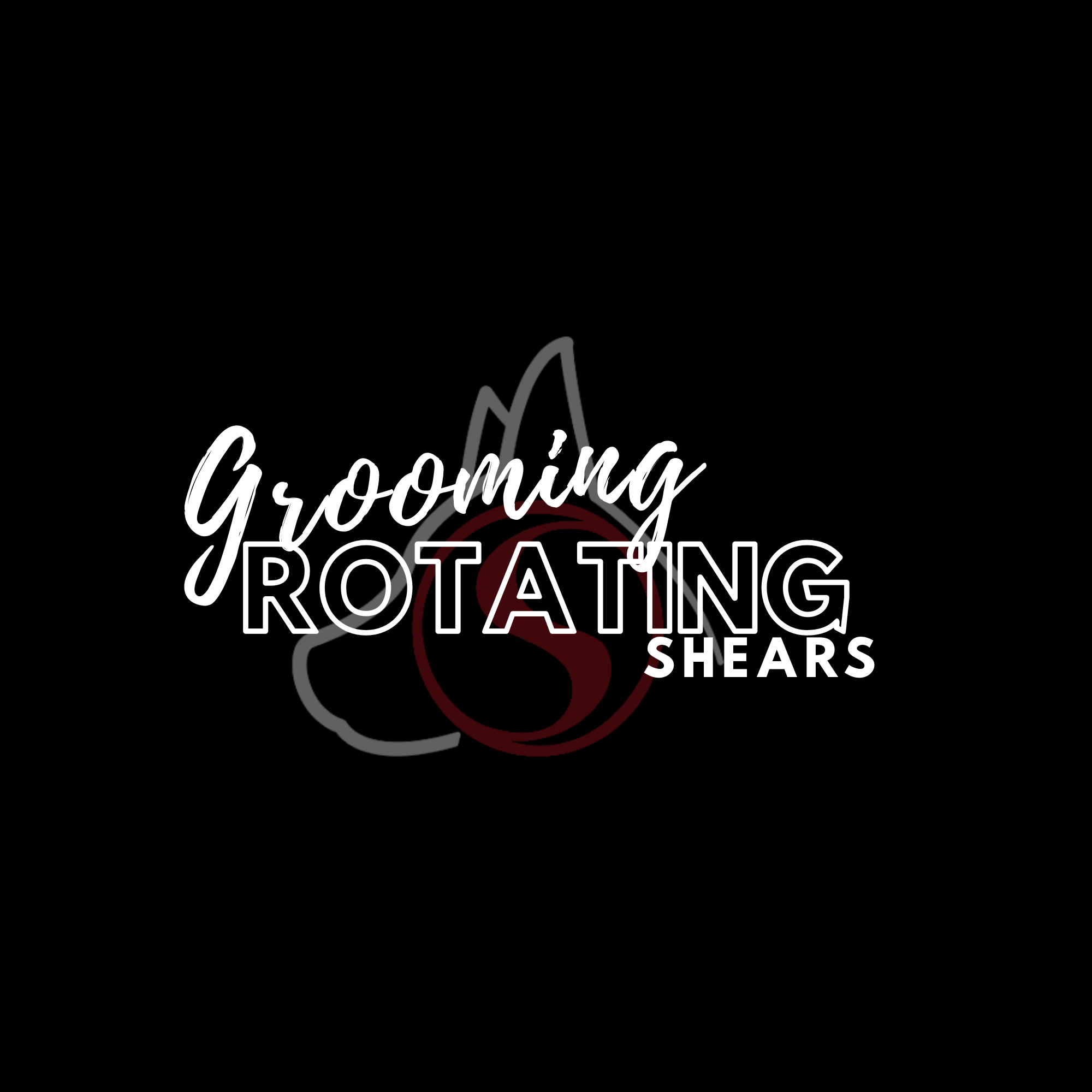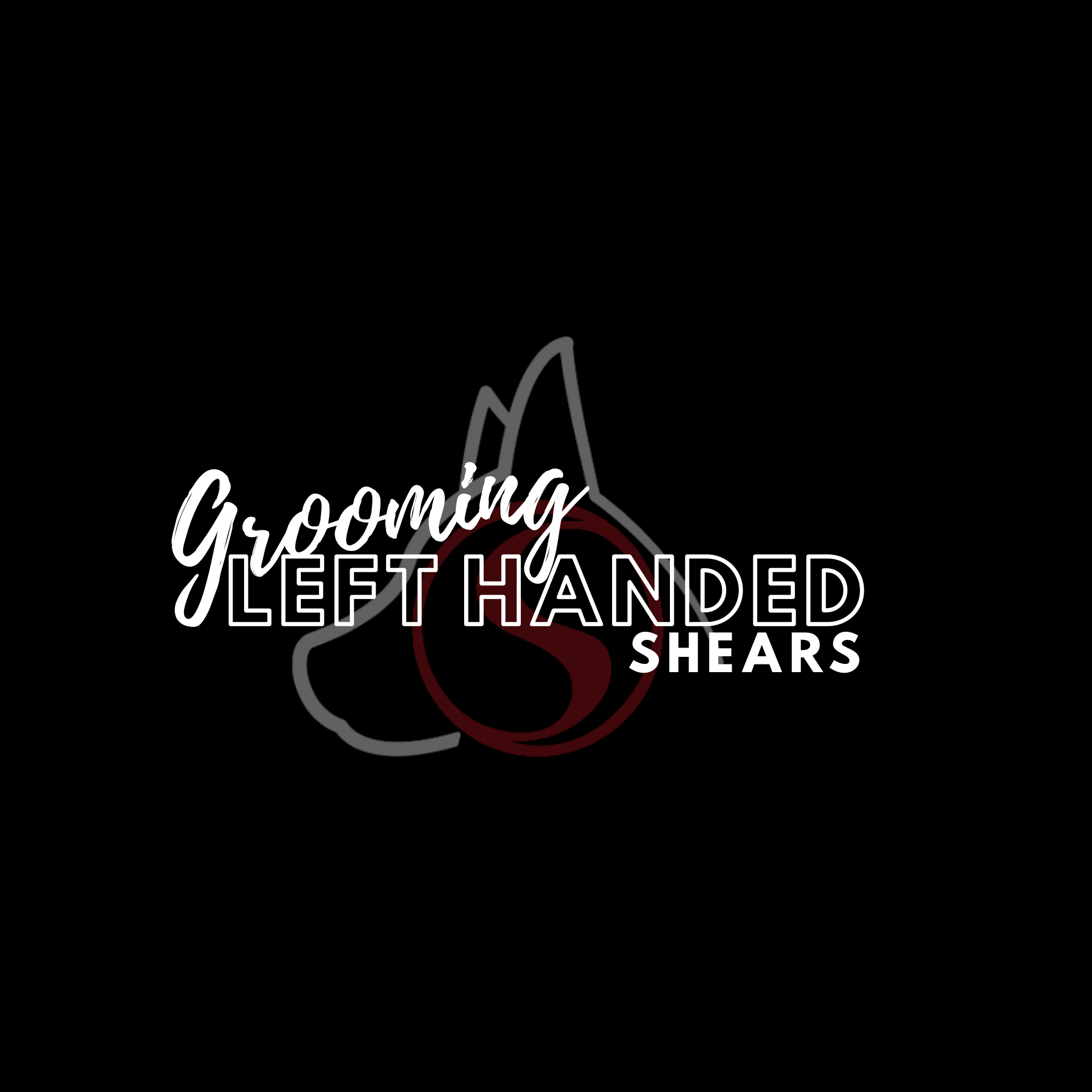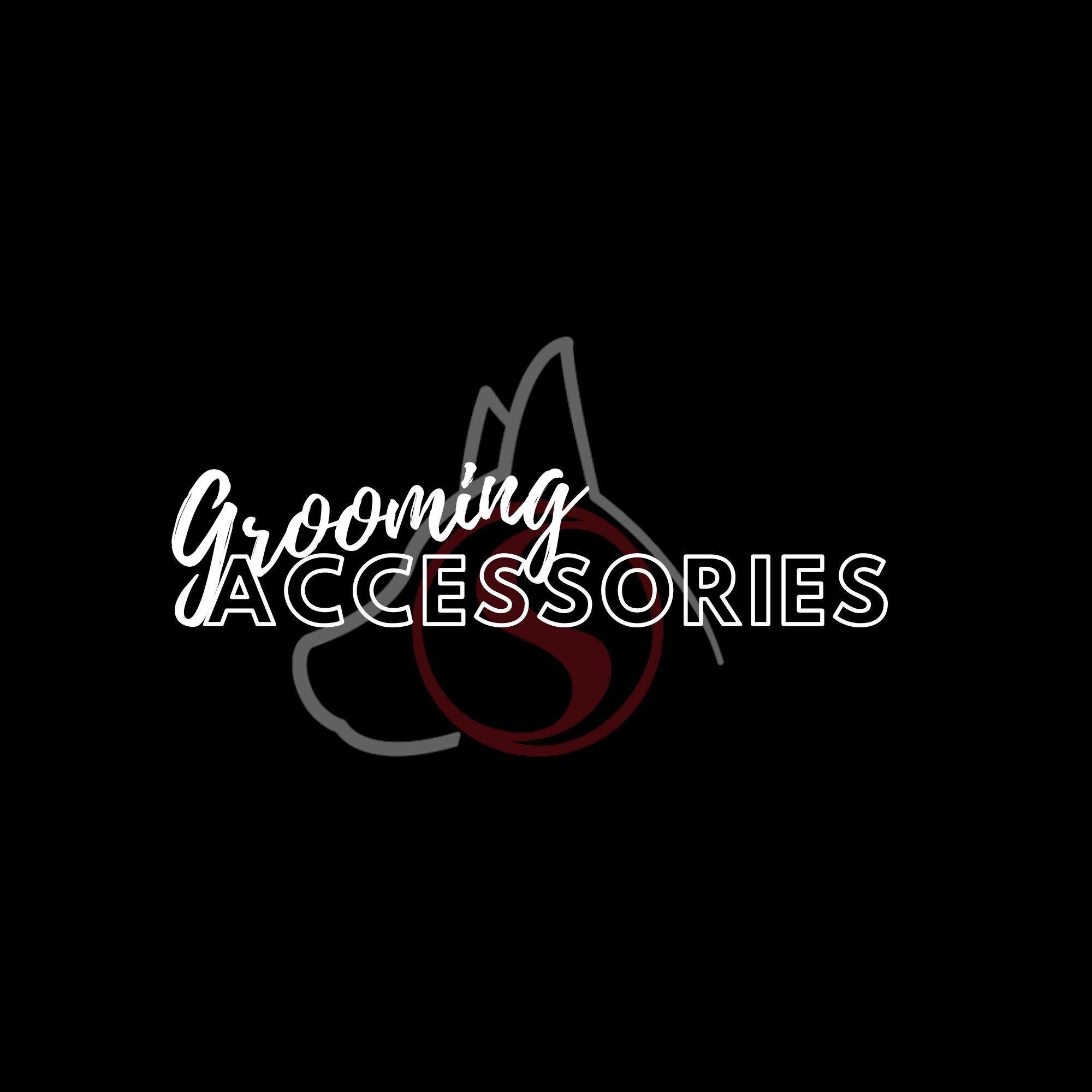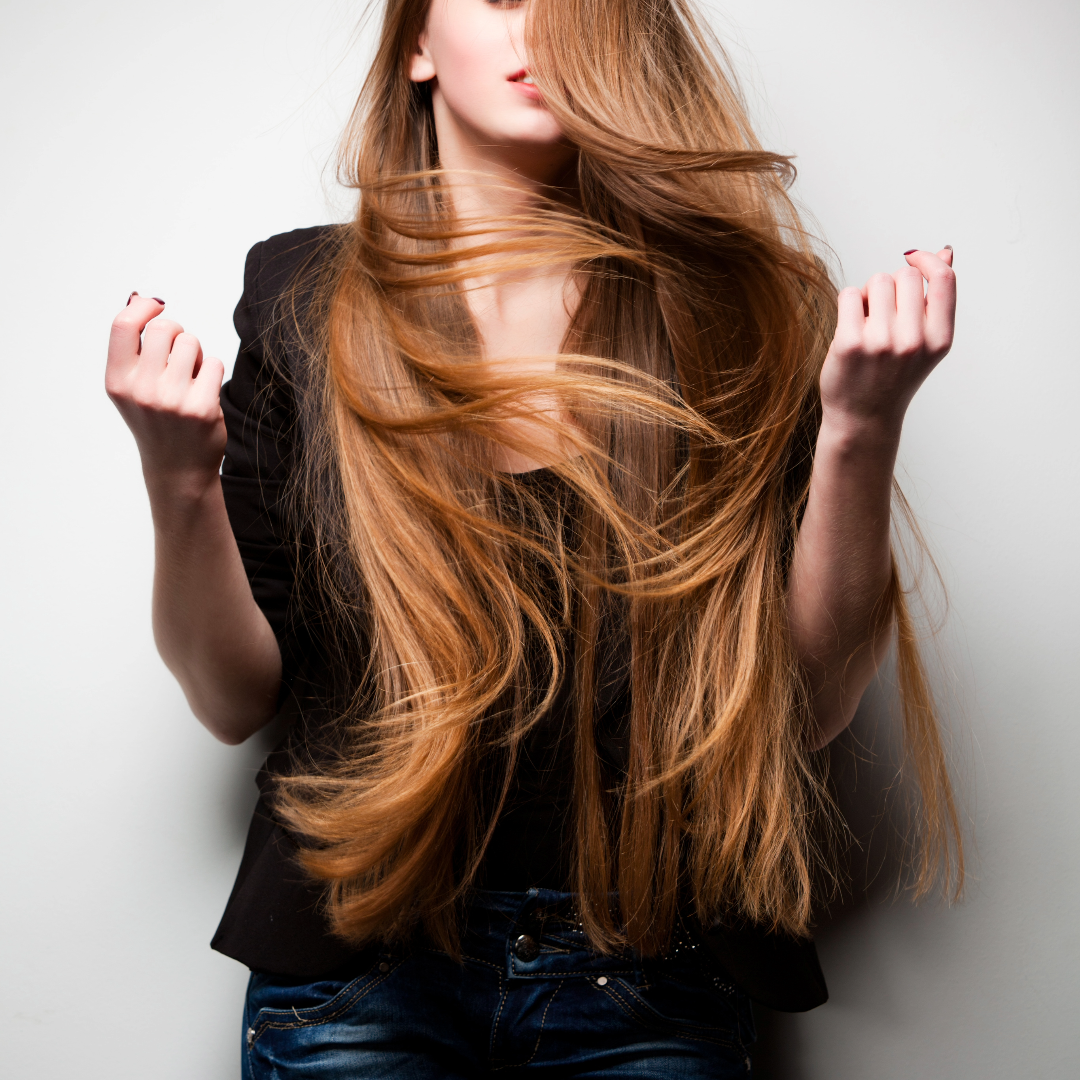Hairdressing Disasters: When Bangs Go Wrong
Hair can have a transformative effect on our confidence and personality. Unsurprisingly, a new style if the first thing a client considers when needing a fresh outlook on life. A subtle change is often the best starting point: a few layers for volume, gentle highlights for a summer vibe, a sultry ombré in the fall. However, there will always be those customers who are after something more dramatic.
Bangs might seem like a harmless request, but they can alter the look and styling routine of your client significantly. So how do you avoid the cliché accusation of being the “scissor-happy” hairdresser, or worse, how do you fix someone else’s hack-job?
Why bangs aren’t for everyone
The hardest thing when discussing bangs with your client is making them understand why the Pinterest picture they walked in with might not be suited to their particular face shape or features – where the bangs end is where the attention will be drawn to. In other cases, the client might not have the hair thickness or texture to pull off heavier, curtain-style bangs.
As a hairdresser, your intention is always to make sure that everyone who leaves your salon loves their new look, so working out the most complimentary style is the key to gorgeous bangs.
Top questions to ask your client before making the chop:
- Are you willing to commit to regular visits for trimming?
- Do you have the time dedicate to styling your bangs every day?
- Is your skin prone to breakouts?
- Do you wear glasses?
- Do you want to have the option of blending and styling your bangs out of the way?

How to get them right
So, you’ve assessed the face shape, your client is happy with the style you’ve decided on, and you’re both confident that it’s going to look fabulous. Before you take the plunge and cut dead on where you think the line should end, give yourself a little room to manoeuvre. Leaving the bangs a tiny bit longer will help you to make corrections if things don’t shape up according to the client’s expectations. If you’re working with a curly hair, it’s best to cut dry in order to keep a real perspective on how the hair will look.
A great way to give your client a low-maintenance bangs experience is to cut a side-swept, angled style that can be neatly tucked to the side. This looks is a safe bet for almost any face shape and requires considerably less commitment than blunt or micro bangs.
After you’ve completed the cut, give your customer some tips on how to blow-dry and style their new look at home. Suggest suitable products to use and tell them how frequently they should wash their bangs to prevent grease build-up on the forehead. Using a hair iron every day could damage your client’s hair, so give them alternatives for taming cow-licks and bumps in the mornings.
Make sure to schedule in the client’s next appointment to help them keep on top of trims and avoid the temptation of a DIY hack job – you know what we’re talking about here. Thick, blunt bangs will need to come back to the salon every 2-4 weeks depending on the client’s hair growth.
Can you fix bad bangs?
If a client comes to you for help with poorly cut bangs, they may be relieved to learn that you are able to rescue them from months of hat wearing and self-imposed social isolation.
Cuts that make things better:
- If the bangs are particularly thick and straight, but your client has a round face, you can propose a side-swept cut with a strong angle.
- With a heart-shaped face, you can add a few layers to the bangs for a more wispy look that will draw attention to the eyes.
When cutting doesn’t help:
- Twist and clip the bangs back with bobby pins. This style opens up the face again and creates volume on top of the head.
- Braid or twist the bangs to the side and clip them in, à la Greek goddess style.
- Encourage a healthy, vitamin-rich diet to help hair grow faster.
- Suggest that they consider other hair accessories such as headbands.
The bottom line on bangs
Okay, so bangs are not an impulse decision, but that shouldn’t stop you or your clients from experimenting with new looks and trends. What’s important is that you encourage a positive self-image amongst your clients, letting them know that although not every day is going to be a good hair day, things can always be improved and worked with.
Almost everyone has experienced a bangs disaster at some point in life, whether as a client or as a hairdresser trying to fix one. Bad bangs can be devastating at first, but they will grow out, and you can start fresh with a cut that accentuates the shape and features in just the right way.





